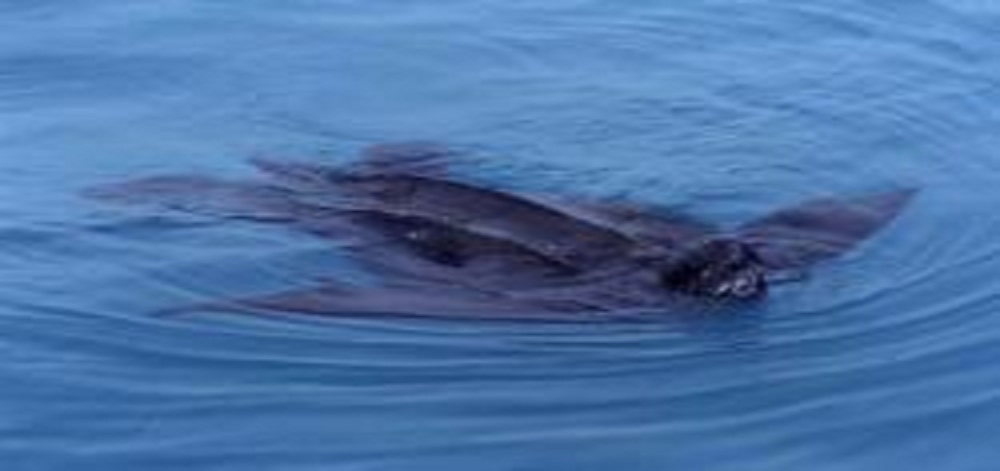The White House released an Interim Ocean Policy Task Force Report today that calls for a cabinet-level National Ocean Council that will focus on science, mapping and a precautionary approach to protecting and restoring our oceans. The new commission would considers marine systems as a whole and coordinate the many jurisdictions that oversee ocean waters.
“The Obama ocean plan could reverse the pollution and emptying of our oceans,” said Teri Shore of Turtle Island Restoration Network (TIRN). “With sea turtles and many ocean species slipping quickly toward extinction, it is clear the current ocean policy is not working. President Obama needs to push through an approach that relies on science and not on fishing, fossil fuel and other industry interests.”
Turtle Island Restoration Network (TIRN) is urging President Obama’s Ocean Task Force to adopt a bold new national ocean policy that prioritizes the end of harmful by-catch of sea turtles, whales, dolphins, other non-target marine animals and fish in U. S. fishing fleets.
“There is no reason for sea turtles, whales and dolphins to die so we can eat fish,” said Shore. “With sea turtles and other marine wildlife slipping quickly toward extinction, it is clear the current ocean policy is not working. President Obama needs to push through an approach that relies on science, not on fishing, fossil fuel and other industry interests.”
Read TIRN’s public testimony from the Obama Ocean Task Force hearing on September 17, 2009, in San Francisco.
As a first step, TIRN is urging Obama’s Ocean Task Force to calculate the total accidental capture and discard of sea turtles, marine mammals and all non-target marine species across all U. S. fisheries, which has never been compiled. Under current ocean policy by-catch is assessed fishery by fishery and species by species. And for many fisheries, by-catch is not monitored or known. No fisheries should be expanded or introduced until a by-catch assessment is complete and plans to prevent or reduce it to as close to zero as possible are implemented.
Modified fishing gear in some fleets and seasonal fishery closures forced by lawsuits has not prevented sea turtles and marine mammals and non-target fish continue to be caught in huge numbers by U. S. fishers. A recent review of U. S. fisheries by-catch by Duke University estimated that a minimum of 25,000 but probably 100,000 or more sea turtles are killed every year in the U. S. shrimp fleet in the Atlantic and Gulf of Mexico alone. The review found that while required Turtle Excluder Devices allow 90 percent of sea turtles to escape from shrimp nets, capture has been reduced only by 20 to 40 percent due to lack of enforcement by states and federal fishery managers.
Between 2000 and 2007, another 15,000 or more sea turtles were captured by other domestic fishing fleets, mainly longlines and drift gill nets for swordfish and tuna. Nearly 10,000 or more whales, dolphins, and sea lions were injured or killed over the same period by U. S. commercial fishers. These numbers are likely to be underestimates since many fisheries are not monitored for by-catch.
Recently government sea turtle experts with National Marine Fisheries Service recognized that fisheries are pushing loggerhead sea turtles in both the Pacific and Atlantic oceans quickly toward extinction. Yet NFMS is still trying to expand the Hawaii longline fishery for swordfish that would triple loggerhead catch, introduce longline fisheries off the West Coast that are widely opposed, and enlarge the Atlantic pelagic longline fishery that captures 500 or more loggerheads per year — pushing them farther toward extinction. These are the types of conflicts that a new U. S. ocean policy must eliminate.




